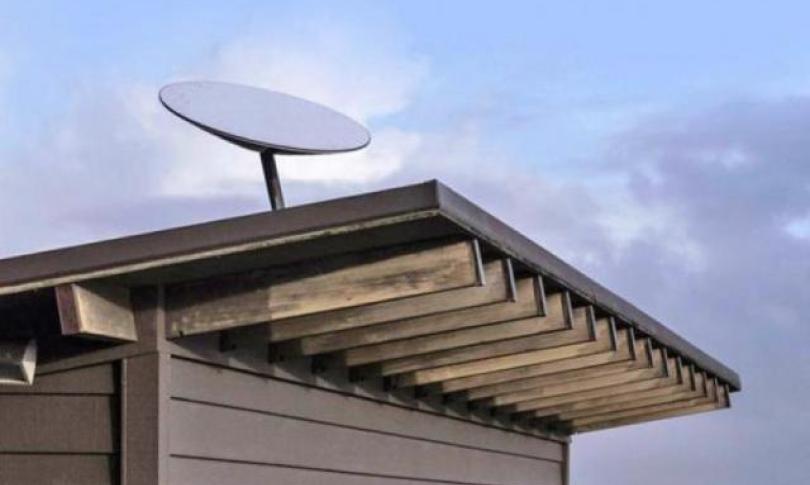
Budumbura, Ghana- Victor Tagborloh–Co-founder and CEO of Galaxy Aerospace Ghana is optimistic by 2024 Ghana’s telecommunication industry would switch from using telecom masts to Starlink to reduce the hazardous emission levels to both human health and the environment.
“The growing demand for digitalization demands an increase in the needed communications infrastructure to ensure adequate network coverage and access that guarantees minimum Quality of Service for efficient use of technologies”.
The last few years in Ghana , has seen a proliferation of new wireless telecommunication services. These services have increased the need for a more developed and extensive telecommunications infrastructure.
However, majority of businesses in this sector in Ghana rely heavily on telecom masts, which raises issues with public health, property values, tower structural integrity, and aesthetics, among other safety concerns.
Telecom towers should ideally be placed between 10 and 50 meters away from residential areas. But in Ghana, masts are installed in homes generating concerns about health issues like malignancies and memory loss owing to excessive radiation exposure, says Tagborloh.
But as new satellite technologies emerges, Ghana must keep up in order to explore available options that minimize risks to human and environmental health. That’s why at Galaxy we are leading the crusade that by next year, we should have a better option in Ghana, he added.
Charles Dadzie, a space engineer at Galaxy Aerospace Ghana, said the liberalization of the telecommunications market in Ghana is an opportunity for players to address the demands and challenges for telecommunication services.
You can see that even the co-location hosting for (multiple telecom operators) by telecom companies will not address the issues at hand. There’s the need for more efficient and minimal or radiation-free options like Starlink, he explained.
Do Telecom Masts Give Cancer?
The fact remains that every electronic gadget (TV, cell phone, microwaves, etc) has some level of emissions. They are called Electromagnetic Spectrum or frequency (EMF). EMF radiation is grouped into two: Non-ionized and Ionized radiations.
The non-ionized radiations are the radiations with a low energy that cannot change human cells or genes - the emissions from the telecom equipment on a mast, cell and TV, but at a range of frequencies may be harmful. The ionized radiations have high energy and can cause changes in the body-cells or genes - such radiations are X-rays and gamma rays.
The International Commission on Non-Ionizing Radiation Protection (ICNIRP) has provided scientific advice and guidance on the health and environmental effects of non-ionizing radiation (NIR) to protect people and the environment from detrimental exposure to the NIR.
Ing. Eric T. Ayertey, Telecom & OHS Consultant, has stated that telecom operators and their allies operate based on the ICNIRP guidelines. With potential long-term effects of exposure as an increased risk of cancer, ICNIRP concluded that there is no sufficient data to provide a basis for setting exposure restrictions.
“The telecom operators and their allied companies operate based on the ICNIRP guidelines. With potential long-term effects of exposure, such as an increased risk of cancer, ICNIRP concluded available data do not provide a basis for setting exposure restrictions”.
In Ghana, the Radiation Protections Board (RPB) of the Ghana Atomic Energy Commission (GAEC)–now the Radiation Protection Institute (RPI) of GAEC, has put up additional measures to ensure that the emissions from telecom equipment within the country fall within the acceptable limits to prevent health hazards.
The RPI has a random monitoring approach set in a place where the impact levels of emissions from these telecom equipments are measured and analysed. So far, the compliance levels have been very high, so there might not be a cause for worry, until any further research that proves otherwise, he maintained.
